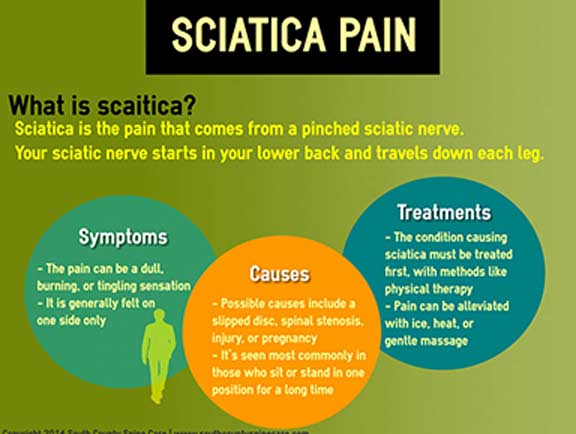The Scientific Research Behind Cold Laser Treatment: Understanding Its Systems And Results
The Scientific Research Behind Cold Laser Treatment: Understanding Its Systems And Results
Blog Article
Personnel Writer-Rush McIntosh
You may have heard of cold laser treatment as an encouraging treatment choice for different conditions, but have you ever wondered exactly how it actually works on a mobile degree? Recognizing the devices behind this therapy can shed light on its efficiency in promoting recovery and lowering inflammation. By discovering the science behind cold laser therapy, you'll get insights right into the remarkable ways in which light can influence cellular processes and facilitate tissue repair work.
Just How Cold Laser Therapy Works
To understand how cold laser therapy works, you require to grasp the fundamental principles of how light energy connects with biological cells. infared body wrap , also known as low-level laser treatment (LLLT), uses specific wavelengths of light to penetrate the skin and target underlying cells. Unlike the intense lasers made use of in surgeries, cold lasers produce low degrees of light that do not create warmth or trigger damage to the cells.
When these mild light waves reach the cells, they're soaked up by parts called chromophores, such as cytochrome c oxidase in mitochondria. This absorption triggers a collection of biological responses, consisting of raised mobile power production and the launch of nitric oxide, which boosts blood circulation and reduces inflammation.
Furthermore, laser therapy for smoking cessation can likewise stimulate the manufacturing of adenosine triphosphate (ATP), the power currency of cells, aiding in mobile repair work and regrowth procedures.
Essentially, cold laser treatment utilizes the power of light energy to promote recovery and alleviate pain in a non-invasive and gentle fashion.
Devices of Action
Just how does cold laser treatment really function to generate its therapeutic effects on biological tissues?
Cold laser therapy, also called low-level laser therapy (LLLT), operates through a process referred to as photobiomodulation. When the cold laser is put on the skin, the light energy passes through the tissues and is absorbed by chromophores within the cells.
These chromophores, such as cytochrome c oxidase in the mitochondria, are after that promoted by the light power, resulting in a waterfall of biological responses. One essential system of action is the improvement of cellular metabolic rate.
laser skin resurfacing riverside absorbed light energy boosts ATP production in the mitochondria, which is essential for mobile feature and repair work. Additionally, cold laser treatment assists to lower swelling by hindering inflammatory conciliators and advertising the launch of anti-inflammatory cytokines.
This anti-inflammatory result adds to discomfort alleviation and tissue recovery.
Therapeutic Effects
Comprehending the restorative effects of cold laser therapy involves recognizing how the boosted cellular metabolism and anti-inflammatory buildings add to its favorable outcomes on organic tissues.
When the cold laser is applied to the damaged area, it stimulates the mitochondria within the cells, bring about boosted production of adenosine triphosphate (ATP), which is essential for mobile feature and fixing. This increase in cellular energy accelerates the healing procedure by advertising tissue regrowth and minimizing swelling.
Additionally, https://hectorqlfau.kylieblog.com/30739809/advantages-of-cold-laser-therapy-you-need-to-know-in-2024 -inflammatory properties of cold laser therapy aid to reduce pain and swelling in the targeted area. By preventing inflammatory moderators and advertising the launch of anti-inflammatory cytokines, cold laser therapy aids in reducing discomfort and boosting the total recovery feedback.
This reduction in swelling not only provides immediate relief yet also sustains long-term cells repair.
Conclusion
To conclude, cold laser therapy works by stimulating mobile repair service and cells regeneration with photobiomodulation. Its anti-inflammatory residential or commercial properties supply discomfort relief and minimize swelling by hindering inflammatory conciliators.
This therapy uses a thorough technique to recovery, providing both prompt relief and lasting cells repair service advantages.
With its devices of action, cold laser therapy confirms to be an effective and promising therapy option for a range of problems.
